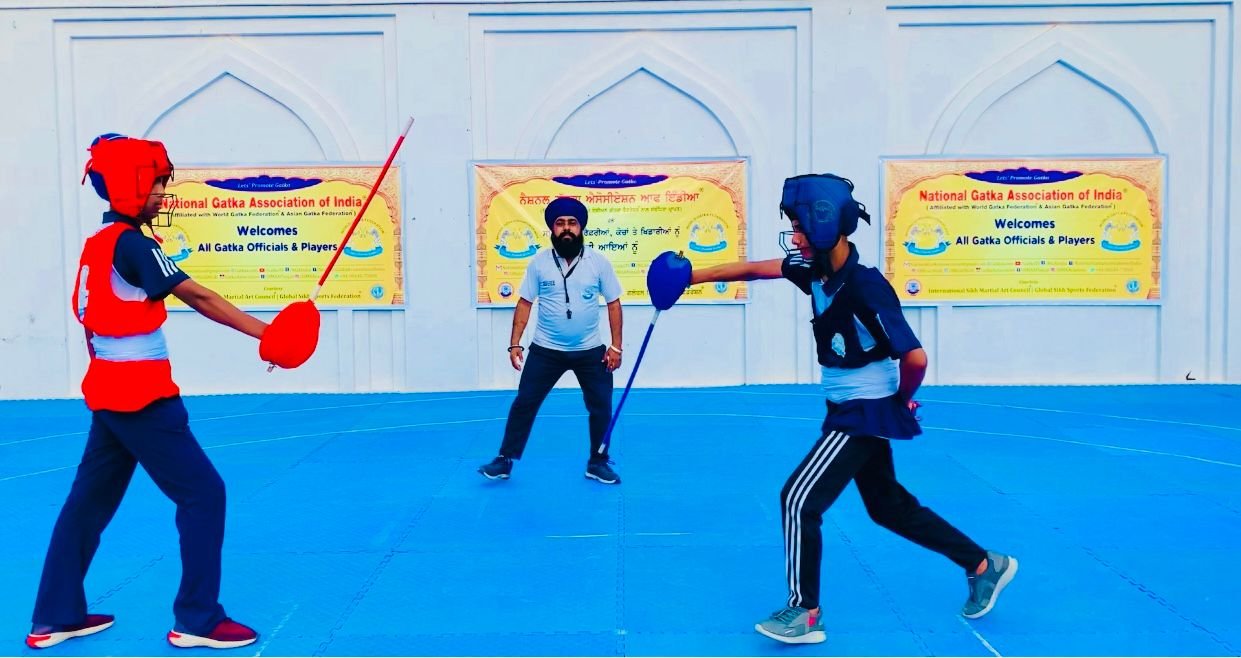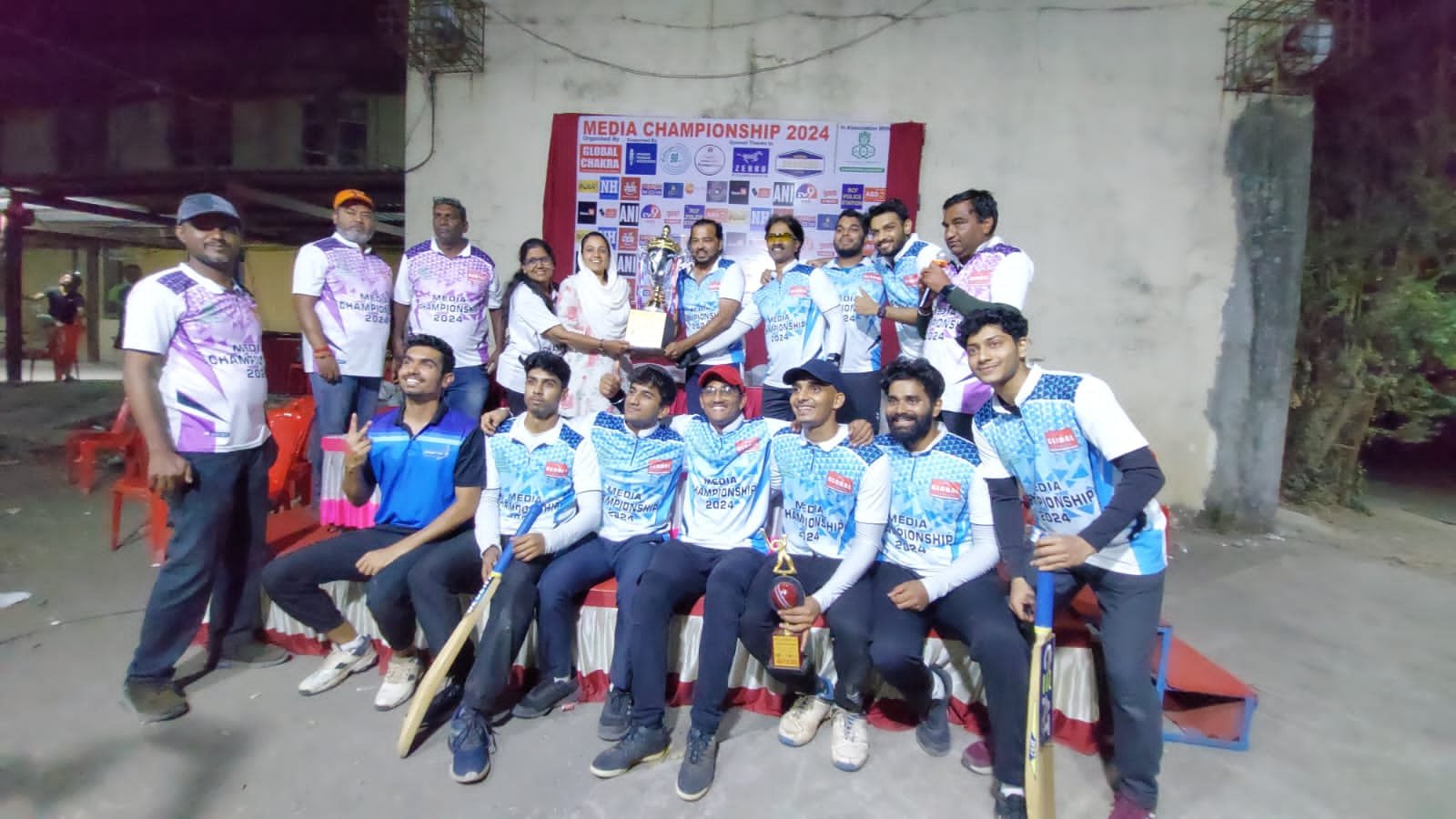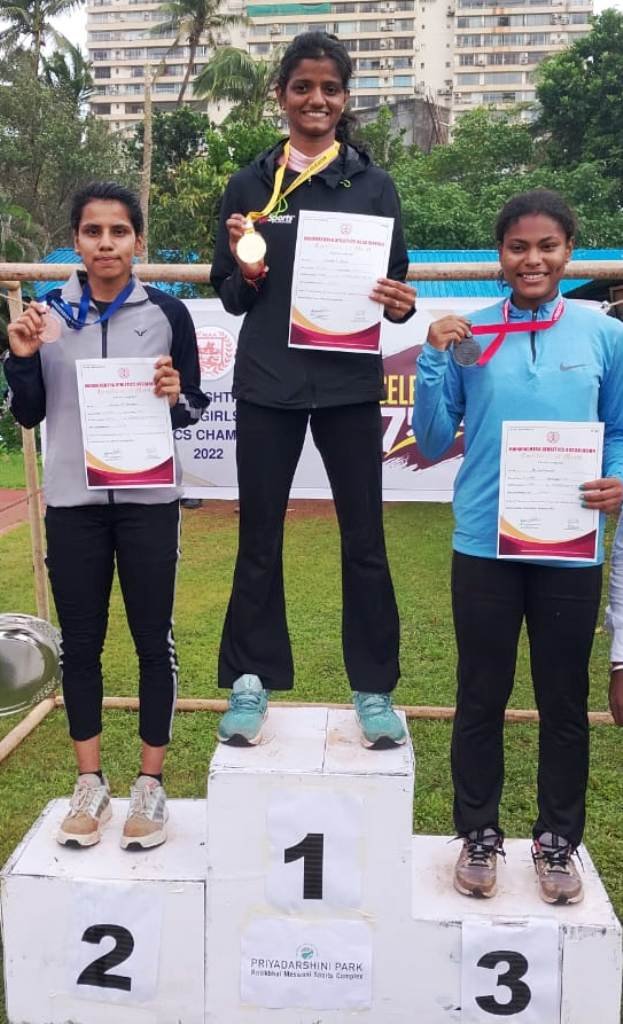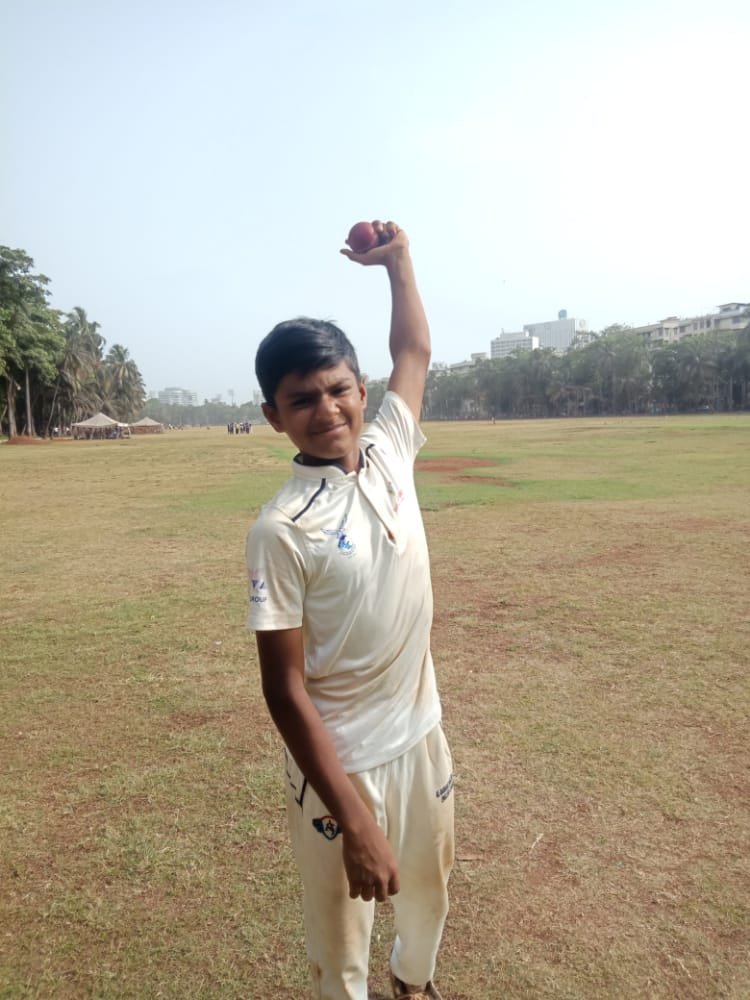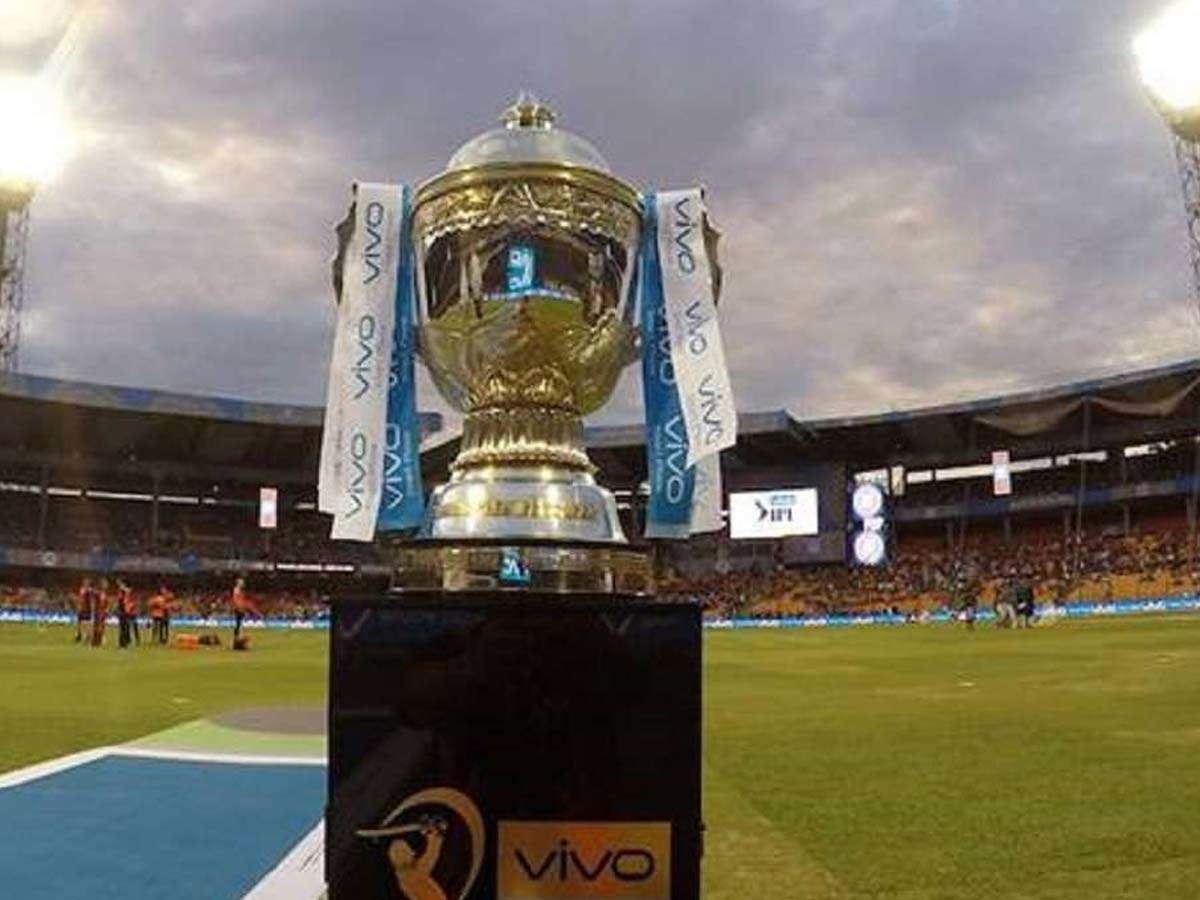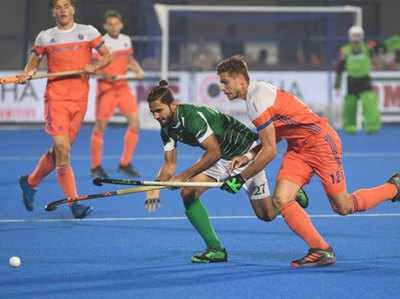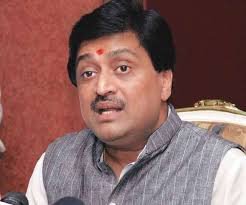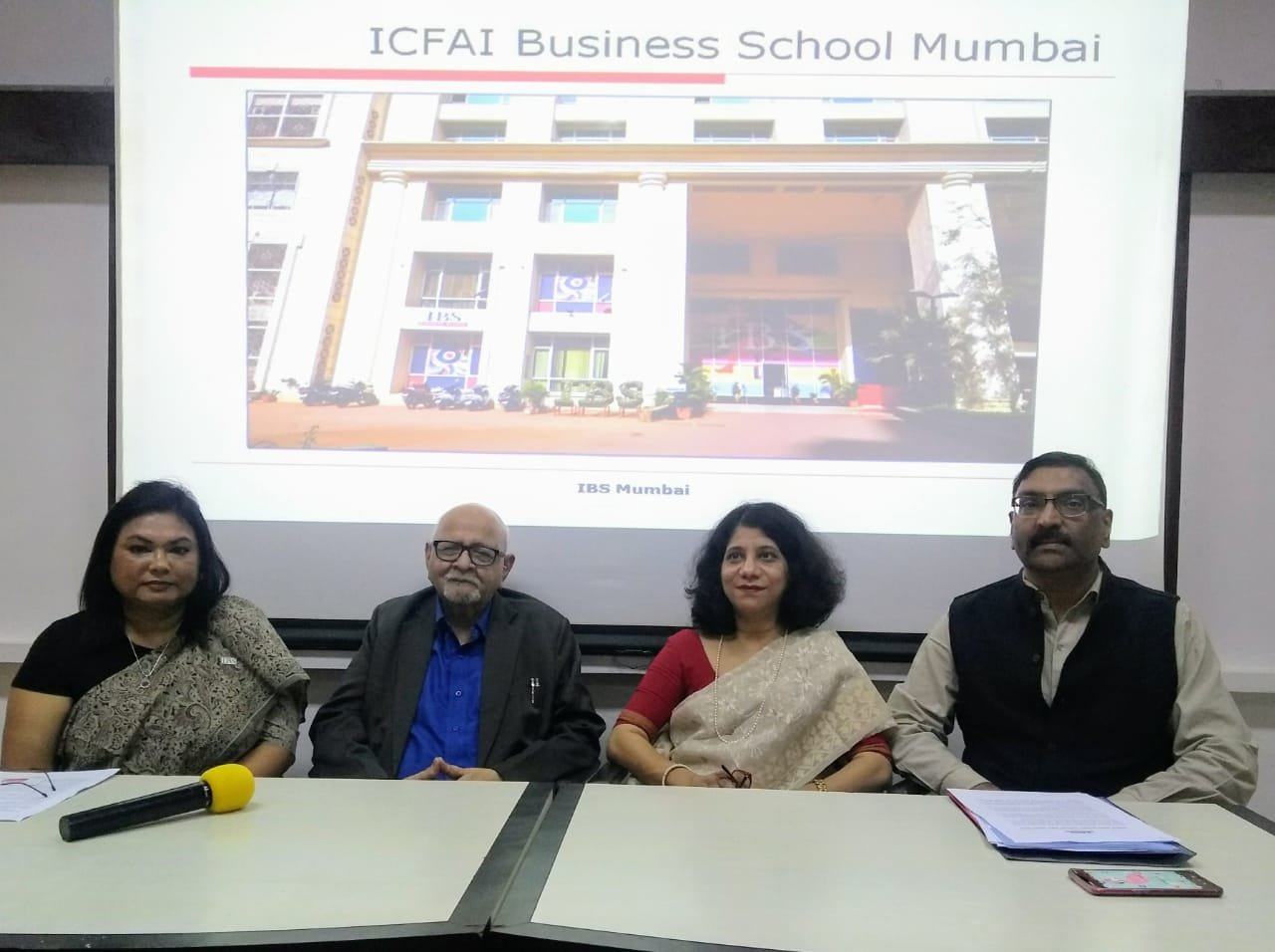Panchkula: “Lathi me gun bahut hain sada rakhiye sang/ gahiri nadi nara jahan tahan bachawat ang/ tahan bachawat ang jhapati kutta ko mare/ dushman davageer hoye / tinhu ko jhare…”
The lathi, as this famous poem eulogises, has always been a mighty weapon in North India, used as a defensive tool against dogs, enemies and even flooding rivers.
The poet could never have imagined that this modest weapon of self-defence - lathi or Gatka - in varying sizes and differing techniques - will become a popular sport in 48 countries.
It will also be a special attraction during the Khelo India Youth Games, commencing on June 4, in Haryana, with 256 players (128 girls and an equal number of boys), from 16 states vying in Gatka.
The martial art of Gatka, as a modern sport, is a standardised style of stick fighting between two or more opponents, intended to simulate swords. It has its origin in the Sikh history. Shri Guru Hargobindji, the sixth Guru, introduced the concept of Miri Piri (of temporal power and spiritual authority) to Sikh religion, letting people carry two swords.
“Sports are an integral part of Sikh heritage, whereas a lot of research has gone into Sikh religion, little has been known about our tradition of martial arts. Since SAI and the Sports Ministry included Gatka in traditional sports, it will now grow as a sport,” believes H S Grewal, President, National Gatka Association of India.
Taken out of the religious context, Gatka sport competitions are like the Fencing game, players ¬ both male and female ¬ wear T-shirts and sweatpants with a headgear for protection. The material and size of Gatka and farri (shield) are standardised for junior and senior players.
In Punjab, where the sport originated, a 3 percent quota is reserved for Gatka medal holders, even PPSC recognises achievements in Gatka.

